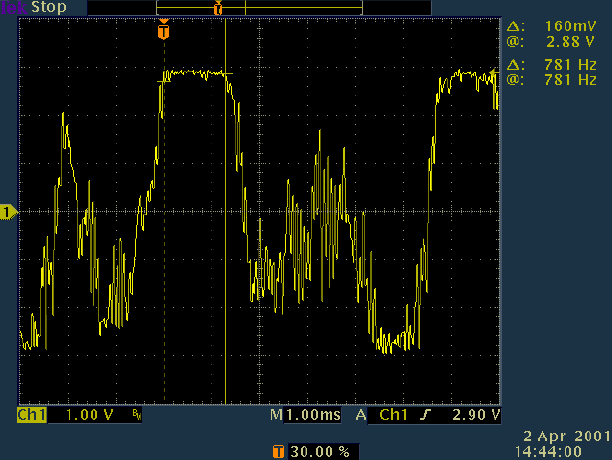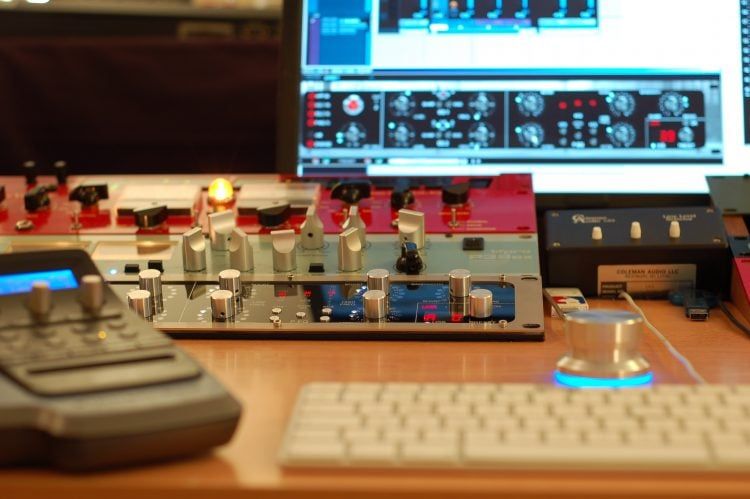Radio Broadcasting
Technology is meant to change. Even radio broadcasting is not out of this trend. Like all the technologies, radio technology is developing and changing constantly. With the invention of a digital radio system, our way of working has changed and that reflects on how we record a sound and struggle with the infidel internet radio. It is important for us to reproduce most of our recorded audio for quality analogue FM radio. Have you ever give it a thought what exactly happen to your songs when it broadcasts on a radio channel or did you ever made a strategy to make the most of your radio play?
The article you are going to read today is inspired by the by the famous book “Mastering Audio: The Art and the Science”. Mr. Bob Orban and Mr.FrankFoti wrote this book over 15 years back. In the year 2002, Focal Press published the book. Bob Orban is the founder of Orban Audio Processing Company. This international company is in the business of making an audio processor for television, radio and internet broadcasting. On the other hand, Mr. Frank Foti is the CEO of Telos Alliance that manufactures professional audio mastering products for broadcasting industries.

The book contains many technical terms and radio mastering best practice terminology. As a result, it could be difficult for newbies and amateurs for understanding the professional music mastering process for broadcasting. The purpose of writing this article is to present radio mastering process into a simpler way so that anyone can get the glance of Mixing and Mastering Services for radio broadcasting. The writing will be published in two parts (part 2 here) which will reveal what happens to your song when it plays on radio and what actually happens on a radio broadcast (Understanding the Chain Process). So let us move forward to the first part of our writing.
What Happens To Your Song When It Plays On Radio?
Many of us, who belongs from the professional mixing and audio mastering industry, know how to process a crude piece of recording before it plays in the FM airwaves. My purpose of writing this blog is to remove all the myths and misapprehension regarding the secret art of audio mastering for radio. Most of the radio stations worldwide use an audio transmission process from station’s transmitter. The main function of the processor is controlling the transmitter’s peak modulation. This peak modulation’s frequency should match the standard regulatory body of the nation where the radio station is situated.
Just, like the other way round, there are only a few radio stations use limited functional peak. In reality, most of the radio stations use a complex chain of an audio. Using this technique, allow the broadcast station to play music louder within the maximum peak level. This maximum peak level is different for radio broadcasting in different countries. For example, the VU meters used in Australia and USA is recommended by EBU for radio broadcast in different countries in Europe. The IEC recommendations are as follows:
Analogue Peak Programme Meter: IEC 268-10
Digital Peak Programme Meter: IEC 268-18
Cancelling Noise And Increasing Loudness
Audio Mastering Service provider and designer of the broadcast have achieved the knowledge of getting the maximum loudness that also consist audio punch and cleanliness. The mantra behind this success is very simple. Broadcasting an audio clip via radio depends on the quality of the source. So the bottom line is the relation between the quality of the broadcasted audio and the source audio is directly proportional.
The Competition Of Being Loud – Radio Signal Vs. CD
Singers, composers, and music producers wanted to get the loud production of music. And on the other hand radio stations wished to offer the loudest signal. This war stayed for around 25 years. Before this competition started, radio stations were used to make simple audio clips louder. Mastering services providers for radio broadcasting has learned this technique for over 25 years.

Problem Today With Radio Broadcasting
The biggest problem with radio industry is facing today is that powerful and sophisticated sound processing for radio broadcasting transmission is no longer coexist today. Perhaps a professional who offers audio mastering services can help you to deal with this. If someone limits the multiband compression of the source digitally that also reduces the peak of the short term to average ratio. As a result, the processor of the broadcast station handles the mastering material less naturally and less gracefully than it handled the source stuff.
Broadcast Process Affects Hyper-Compressed Material – Fact Or Myth
The process of broadcast affects the hyper-compressed stuff. This is true only if there is no dynamic long-term range is coming in. In that case, broadcasting processor’s AGC will no longer be able to reduce it any further. However, a typical processor will still operate the hyper-compressed stuff and it will reduce its peak to the average ratio.
Not to mention it additionally, a hyper-compressed stuff does not sound loud when it plays on air. It sounds like the music is broken or distorted and flat. So your listener does not enjoy the music much. As a result, they pay no attention what is playing, or even worst they turn off the radio.
What Happens When Hyper Compression Combines With Major Market Broadcast Processing Level
When Hyper Compression get combined with broadcast processing, it exclude the drama, feel and life from the music. In extreme cases, the sound is completely distorted. The mastering sound seems flat, small and busy.
The Quality Of The Receiver’s Output Also Plays A Big Role
Even if you have done all the radio mastering process correctly and followed all the tips revealed here, you cannot be sure how your mastered audio will perform at the output speaker. The reason behind this many car users use a cheap quality of car speaker that can affect the quality of your audio mixing. On the other hand, economical ear buds and boom box can also be responsible for a poor output. So maybe your music is really sounds great but that does not mean that it will perform well on the output device. Errors in transmitting process and techniques can also play a vital a role in order to diminish the quality of your song. Well, that is none of your lookouts. You just focus on your part of the job and let the rest to happen the best.
Bottom Lines:
Time has come to sign off. Hope the article was helpful to you. If you have any quarries regarding the first part of radio broadcasting, feel free to ask me by using the comment box below.
What Is Waiting For You In The Next Post?
The post does not end here. Today we only discuss what happens to a song that played on a radio broadcasting station. That includes cancelling noise and increasing loudness and sound wave celerity, completion of being loud between radio signal and CD, the problem that we are facing today about mastering, effects of the broadcast process on hyper-compressed material and what happens when hyper compression combines with major market broadcast processing level.
So it was a quick recap of what we learn today. When we will come back with the next post, an in-depth analysis will take place on what really happened to your music broadcast and how mastering music online can enhance the audio quality while radio broadcasting. At last, I will provide you some valuable quick tips which will help you to perform a Professional Music Mastering and answer some of the most frequently asked questions related to radio ready music mastering.

